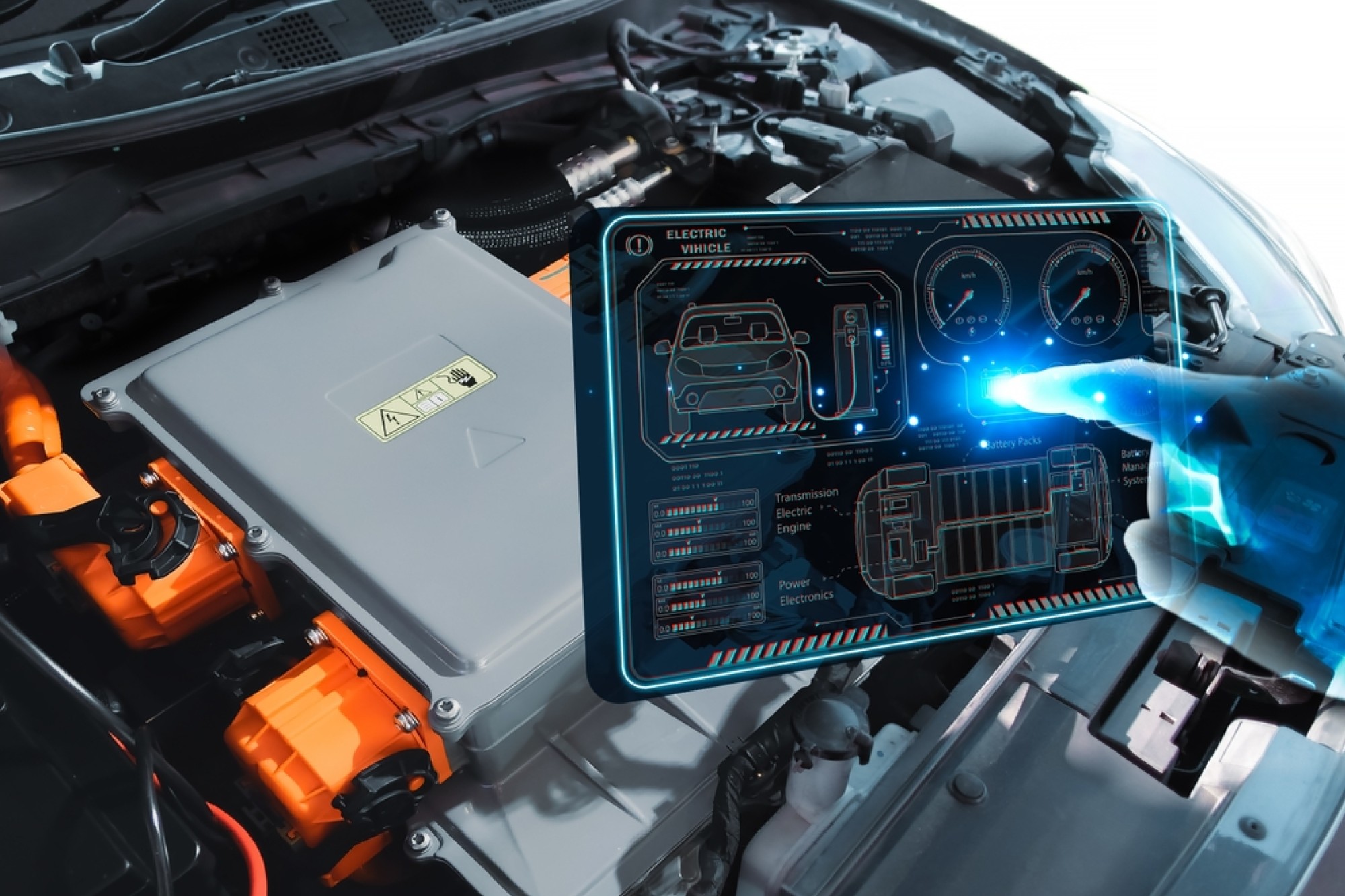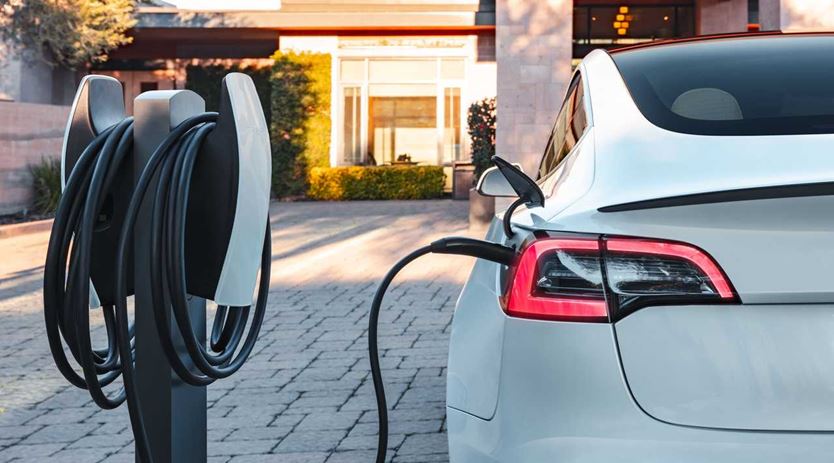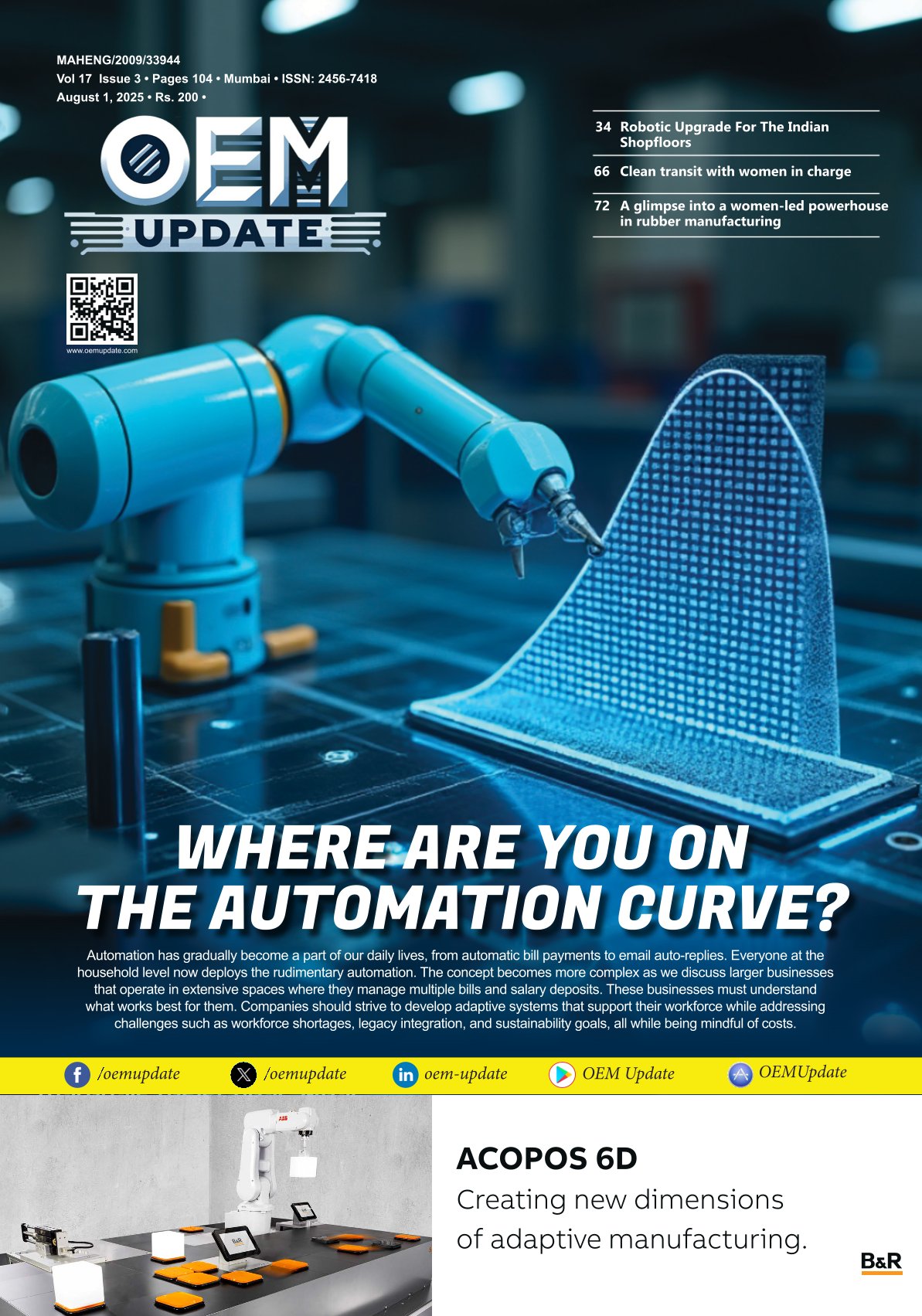Cleaning Automobile Parts: Raising Efficiency and Quality
By admin February 15, 2011 11:42 am IST
Fulfilling ever stricter cleanliness requirements, and at the same time dealing with increasing cost pressure, is a challenge for the manufacturers of automobile parts. Requirements-oriented cleaning solutions are essential to this end, which result in improved component quality while reducing costs as well. Doris Schulz writes.
A great deal of cleaning effort is required in some cases in order to fulfil the requirements specified by the automotive industry for component cleanliness. Nevertheless, many companies don’t know what percentages of their manufacturing costs are generated by cleaning. The trend towards smaller and more economical engines is resulting in stricter requirements with regard to the precision of the relevant components, which in turn leads to more demanding requirements for parts cleaning. A requirements‑oriented, well matched cleaning concept often makes it possible to exploit optimisation potential throughout the entire production sequence, and to make production more efficient in general.
Reducing Costs with Flexible, Individual Parts Cleaning
Components which are produced in large lot sizes such as cylinder heads, crankcases and gearboxes are frequently cleaned in inflexible transfer systems which have been specially designed for a specific part. Thanks to modern, automated, inline cleaning solutions with robots, flexibility which is adequately flexible for production can be achieved within the cleaning step. Integrated into the wet zone, the robot comprises the handling and processing unit of the cleaning system, which precisely positions the workpieces at various treatment stations such as spray cleaning, injection flood washing, high pressure deburring and drying. Control is implemented by means of a standard CNC system, and simple programming is assured with an easy to use teach-in panel. Necessary adaptations to new or modified parts can be programmed quickly and easily by operating personnel.
The compact design of cleaning systems significantly reduces space requirements on the production floor as compared with transfer systems, and the mode of operation is usually more energy efficient as well.
More Efficiency for Batch Processes
Cookie Consent
We use cookies to personalize your experience. By continuing to visit this website you agree to our Terms & Conditions, Privacy Policy and Cookie Policy.











